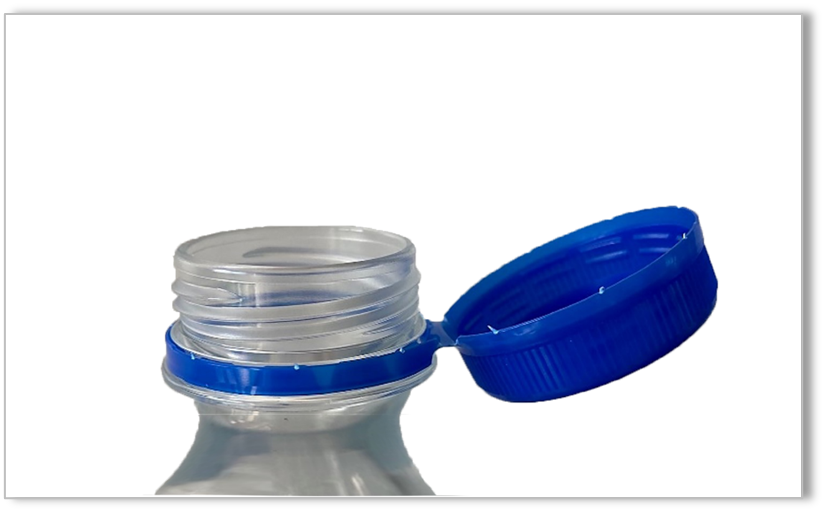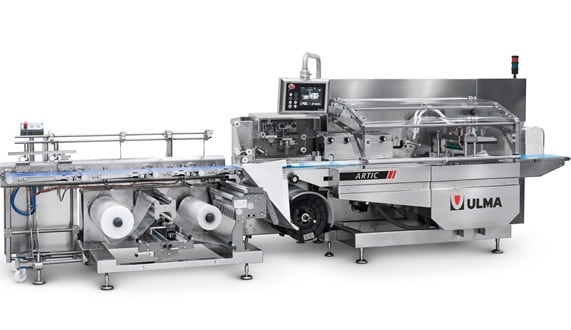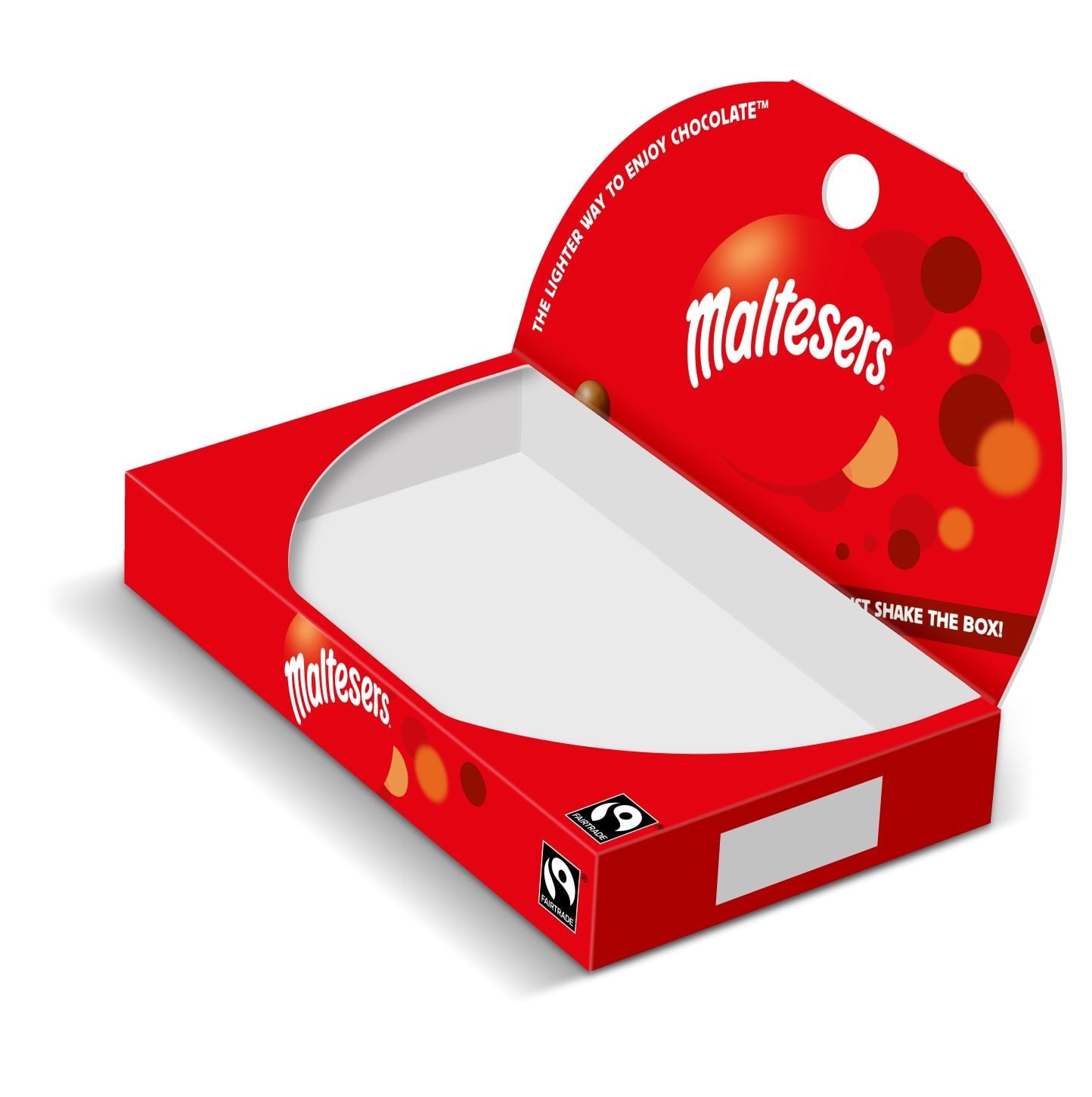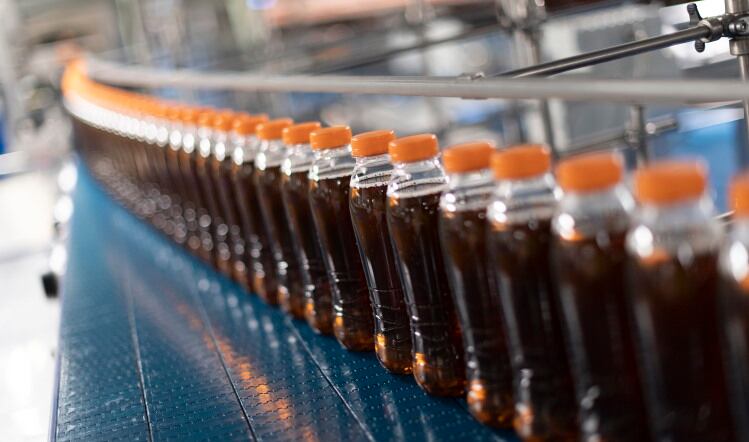Mars Wrigley makes Maltesers boxes greener
Mars Wrigley UK has made its Maltesers boxes more eco-friendly by replacing the old multi-layer box design, where the black polyethylene plastic liner covered the box, with a dispersion coated barrier paperboard. The company has claimed the new design would reduce its annual plastic usage by 82 tonnes.
The redesigned box uses Metsä Board’s dispersion coated barrier board, which is fully recyclable, biodegradable and compostable and made of fresh fibres 100% traceable to their origin in sustainably managed Northern European forests.
Adam Grant, general manager at Mars Wrigley UK, said the move was 'another important step in our journey toward packaging that is 100% reusable, recyclable or compostable'.

Tethered caps launch for aseptic filling
US-based TriMas Packaging has announced its aim to launch tethered caps for aseptic filling applications into the EU market by the end of 2021, driven by the anticipated 2024 EU directive set to cut the number of discarded plastic closures in the environment. All manufacturers of soft drinks, still-water products, aseptic drinks and beer for EU consumers must convert their systems by July 2024. TriMas Packaging's products feature a new screw and flip concept with a self-locking hinge that ensures food protection and offers convenient consumption.
The launch has been facilitated by TriMas Packaging's acquisition of Italy-based Affaba & Ferrari in 2020. The Italian firm has announced it will soon introduce tethered caps, for filling aseptically, to its portfolio of closure solutions. Its portfolio includes aseptic caps for juices, dairy products and sport isotonic/energy drinks, and tamper-evident, child-proof, flex-spout and further caps and closures used in food & beverage, agrochemical and industrial applications.
Tethered cap closures are permanently attached to disposable beverage containers, including composite packaging such as beverage cartons with a volume of up to three litres. The aim is to recycle the caps together with the containers and prevent littering of the environment caused by discarded caps.
“Affaba & Ferrari offers proprietary product designs and production capabilities for aseptic applications," said Fabio Salik, president of TriMas Packaging. "The company has earned important food packaging safety certifications, such as the British Retail Consortium/Institute of Packaging (BRC/IoP), the Global Standard and the Food and Drug Administration/Interstate Milk Shippers (FDA/IMS) Compliance, all of which will ultimately enable us to expand our current product offering for our global food & beverage customers.”

Ulma develops side-sealing flow wrapper for cheese portions
Ulma Packaging UK has developed a side-sealing version of its original Artic side-seal flow wrapper to support consumer demand for sustainable cheese products with longer shelf life.
Specifically developed for cheese portions, the Artic SS C provides hermetically sealed packs by using a design that eliminates the usual lengthwise and crosswise seals used on most flow pack machines. Instead, it uses a longitudal side-sealing system featuring a long dwell sealing head to provide a narrow seal along the cheese’s rind. The technique reduces excess film and leakage risk, while improving the pack’s aesthetic appearance.
“It is absolutely vital cheese suppliers can package their products to be airtight, sustainable and attractive on the shelf, as these are key factors driving consumer purchasing behaviour," said Ed Williams, sales director at Ulma Packaging UK.
The Artic model's forming mould adapts to the size of each individual cheese portion. As part of the sealing process, wrapped products are passed through a hot air shrink tunnel, delivering exceptional presentation, Ulma claims. The solution can also be fully automated to transfer the product from the cutting line to inside the film's tube, minimising manual handling and associated contamination risk. Additionally, the ARTIC’s packaging process is designed to optimise material use and is compatible with lightweight plastic material, in the form of a shrink wrap film that is only 21 microns thick. It can also be used for modified atmosphere packaging.




